

Audi – Latin translation of the German name "Horch." The founder August Horch left the company after five years, but still wanted to manufacture cars. Since the original "Horch" company was still there, he called his new company Audi, the Latin form of his last name.
Audi AG is a German automobile manufacturer that designs, engineers, produces, markets and distributes luxury vehicles. Audi is a member of the Volkswagen Group and has its roots at Ingolstadt, Bavaria, Germany. The origins of the company are complex, going back to the early 20th century and the initial enterprises (Horch and the
Audiwerke). The origins of the company are complex, dating back to the early 20th century and the initial enterprises (Horch and the Audiwerke) founded by engineer August Horch. Two other manufacturers (DKW and Wanderer) also contributed to the foundation of Auto Union in 1932.


Headquarters Zwickau, Germany, 1909-1932

Headquartered: Auto Union, Chemnitz, Germany, 1932-1965

Parent: Volkswagen AG, Wolfsburg, Germany, 1964-now


In 1932 Auto Union Gmbh was formed, comprising struggling auto manufacturers Audi, DKW, Horch and Wanderer. The chairman of the board of Directors, Baron Klaus von Oertzen wanted a show piece project, so at fellow director Adolf Rosenberger's insistence, von Oertzen met with Porsche, who had done work for him before.
Having garnered state funds by Adolf Hitler, Auto Union bought Hochleistungs Motor GmbH, the company started by Porsche, and hence the P-Wagen project for 75.000 Reichsmarks, relocating the company to Chemnitz.




auto union

The Auto Union 1000 is a luxury compact front-wheel drive automobile manufactured by Auto Union GmbH between 1958 and 1965. It was the first (and in many markets the last) model branded as an Auto Union by the manufacturer since the 1930s. On this base the 1000sp was made. It was equipped with a 981cc two-stroke 3-cylinder engine producing 55 PS. 5,000 coupes and 1,640 convertibles were produced between 1958 and 1965. In 1959, 50 models were produced with a 1.280cc two-stroke V6 engine.


50

The Audi 50 (known internally as the Typ 86) is a supermini economy car produced from 1974 to 1978, and sold only in Europe. Introduced two or three years after the Italian Fiat 127 and the French Renault 5, the model was seen at the time as Germany's first home grown entrant in Europe's emerging "supermini" class.
The Audi 50 was built by Audi NSU Auto Union AG at the former NSU factory in Neckarsulm, Germany and at the giant Wolfsburg plant by Volkswagen.


60

F103 is the internal designation for a series of car models produced by Auto Union GmbH (after merger with NSU Motorenwerke in 1969: Audi NSU Auto Union) in West Germany from 1965 to 1972, derived from the earlier DKW F102. To signify the change from a two-stroke to four-stroke engine, the DKW marque was dropped in favour of Audi, a name that had been dormant since before the Second World War.

set of audi 60 sedan and variant https://www.youtube.com/watch?v=ga95DdEIC_c
80

The Audi 80 is a compact executive car produced by the Audi subdivision of the Volkswagen Group across four generations from 1966 to 1996. It shared its platform with the Volkswagen Passat from 1973 to 1986 and was available as a saloon, and station wagon — the latter marketed by Audi as the Avant.
The Audi 80 B1 was only the second modern-era Audi product to be developed entirely under Volkswagen ownership.


quattro

The Audi Quattro is a road and rally car, first shown at the 1980 Geneva Motor Show on 3 March. Production continued through 1991. The original Quattro model is also commonly referred to as the Ur-Quattro.
The Audi Quattro was the first rally car to take advantage of the then-recently changed rules that allowed the use of four-wheel drive in competition racing. It won consecutive competitions for the next two years.

set of three quattro audis https://www.youtube.com/watch?v=iI3Eoa8yev0&ab_channel=thebiggarage




coupé




90

The Audi 90 quattro IMSA GTO (internal R5) is a racing car that was entered in the American IMSA GTO racing series in 1989 . After previous successes in rallying and winning the Trans-AM series, also located in the USA , in 1988 with the Audi 200 quattro Trans-AM, he was supposed to demonstrate the superiority of the quattro drive on the road. It is the only racing car based on the Audi 80/90 B3 used by Audi at the factory .


100

The Audi 100, Audi 200, (and sometimes called Audi 5000 in North America), are primarily full-size/executive cars manufactured and marketed by the Audi division of the Volkswagen Group. The car was made from 1968 to 1997 across four generations (C1–C4). The Audi c1 was the company's largest car since the revival of the Audi brand by Volkswagen in 1965.




set of audi 100 sedan and avant https://www.youtube.com/watch?v=chq7bLbnjWY&ab_channel=thebiggarage


v8

The Audi V8 (Typ 4C) is a four-door, full-size luxury sedan, built by Audi in Germany from 1988 to 1993, as the company's flagship model. It was the first car from Audi to use a V8 engine, and also the first Audi to combine a quattro system with an automatic transmission.
Early cars used 3.6-litre V8s, while later cars featured a 4.2-litre version of the engine. The Audi V8 was replaced by the Audi A8 in 1994, although the A8 was not marketed in North America until 1996.






a3

The Audi A3 is a subcompact executive/small family car (C-segment) manufactured and marketed by the German automaker Audi AG since September 1996, currently in its fourth generation. The first two generations of the Audi A3 were based on the Volkswagen Group A platform, while the third-generation and fourth-generation A3 uses the Volkswagen Group MQB platform. The A3 was initially available only with a three-door hatchback body, to present a more sporty image than the Golf, in both front and four-wheel drive.




a4

The Audi A4 is a line of compact executive cars produced since 1994 by the German car manufacturer Audi, a subsidiary of the Volkswagen Group.
The A4 has been built in five generations and is based on the Volkswagen Group B platform. The first generation A4 succeeded the Audi 80. The automaker's internal numbering treats the A4 as a continuation of the Audi 80 lineage, with the initial A4 designated as the B5-series, followed by the B6, B7, B8, and the B9.
The Audi A4 automobile layout consists of a front-engine design, with transaxle-type transmissions mounted at the rear of the engine. The cars are front-wheel drive, or on some models, "quattro" all-wheel drive.














a5

The Audi A5 is a series of compact executive coupe cars produced by the German automobile manufacturer Audi since June 2007. The A5 range additionally comprises the coupe, cabriolet, and "Sportback" (a five-door liftback with a fastback roofline) version of the Audi A4 saloon and estate models.

set of a5 coupe and cabriolet https://www.youtube.com/watch?v=DaVLWqSUwsw&ab_channel=thebiggarage









On 16 July 2024, Audi replaced the A4/S4 Saloon and Avant with the third-generation A5/S5 as part of Audi's new strategy of allocating even numbers to electric vehicles and odd numbers to combustion cars.
A coupé or convertible models are no longer offered for the third generation line-up.

set of a5 saloon & avant Audi A5 Saloon & Avant




a6

The Audi A6 is an executive car made by the German automaker Audi. Now in its fifth generation, the successor to the Audi 100 is manufactured in Neckarsulm, Germany, and is available in saloon and estate configurations, the latter marketed by Audi as the Avant. Audi's internal numbering treats the A6 as a continuation of the Audi 100 lineage, with the initial A6 designated as a member of the C4-series, followed by the C5, C6, C7, and the C8. The related Audi A7 is essentially a Sportback (liftback) version of the C7-series and C8-series A6 but is marketed under its own separate identity and model designation.






set of rs6 avant and sedan https://www.youtube.com/watch?v=xwZNNpuCSEc








set of rs6 in black and blue https://www.youtube.com/watch?v=B08UUVu2dVM&ab_channel=thebiggarage








tt

The Audi TT is a 2-door production sports car made since 1998, and currently in its third generation. The first two generations were assembled by the Audi subsidiary Audi Hungaria Motor Kft. in Győr, Hungary, using bodyshells manufactured and painted at Audi's Ingolstadt plant and parts made entirely by the Hungarian factory for the third generation.
For each of its three generations, the TT has been available as a 2+2 coupé and as a two-seater roadster employing consecutive generations of the Volkswagen Group A platform.
The Audi TT takes its name from the successful motor racing tradition of NSU in the British Isle of Man TT (Tourist Trophy) motorcycle race. The Audi TT also follows the NSU 1000TT, 1200TT and TTS cars of the 1960s in taking their names from the race.

set of tt coupe and convertible https://www.youtube.com/watch?v=t3iqmMbbPuI









r8

The Audi R8 is a mid-engine, 2-seater sports car, which uses Audi's trademark quattro permanent all-wheel drive system. It was introduced by the German car manufacturer Audi AG in 2006.
The car is exclusively designed, developed, and manufactured by Audi AG's private subsidiary company manufacturing high performance automotive parts, Audi Sport GmbH (formerly quattro GmbH), and is based on the Lamborghini Gallardo and presently the Huracán platform.






a7

The Audi A7 is an executive luxury four-door coupé produced by Audi since 2010. A five-door liftback (also available as a three-box, four-door saloon in China since 2021), it features a sloping roofline with a steeply raked rear window and integrated boot lid (forming the so-called "Sportback"), and four frameless doors.








a8

The Audi A8 is a full-size luxury sedan manufactured by Audi since 1994. Succeeding the Audi V8. The A8 has been offered with both front- or permanent all-wheel drive—and in short- and long-wheelbase variants. The first two generations employed the Volkswagen Group D platform, The Audi A8 (Typ D2,4D) was presented in February 1994 and was designed as a competitor to fellow German rivals Mercedes Benz S Class and the BMW 7 Series.


q2



q3

The Audi Q3 is a subcompact luxury crossover SUV made by Audi. The Q3 has a transverse-mounted front engine, and entered production in 2011. The car uses the Volkswagen Group A (PQ46) platform of the Volkswagen Passat B6, the same as the Volkswagen Tiguan compact SUV. The Q3 slots above the Audi Q2 subcompact crossover SUV.
It is the first production turbo model in a Q-series vehicle; based on the Audi RS Q3 concept. It features a 2.5 TFSI turbo engine rated at 310 PS.




q5

The Audi Q5 is a series of compact luxury crossover SUVs produced by the German luxury car manufacturer Audi from 2008. The original first-generation (Typ 8R) model was the third member of the B8 family to be released after the Audi A5 and fourth-generation A4, all being based on the Audi MLB platform. The second generation Q5 (Typ 80A) debuted in 2018 and shares the Audi MLB Evo platform with the corresponding B9 versions of the A4 and A5.






q7

The Audi Q7 is a mid-size luxury SUV made by the German manufacturer Audi, unveiled in September 2005 at the Frankfurt Motor Show. It was the first SUV offering from Audi and went on sale in 2006. Later, Audi's second SUV, the Q5, was unveiled as a 2009 model.
The Q7 shares a Volkswagen Group MLB platform and chassis with the Bentley Bentayga, Lamborghini Urus, Porsche Cayenne and the Volkswagen Touareg.
q8

The Audi Q8 is a mid-size luxury crossover SUV coupé made by Audi that was launched in 2018. It is the flagship of the Audi SUV line, and is being produced at the Volkswagen Bratislava Plant. The Q8 is the first SUV model under Audi's new head of design, Marc Lichte, and will introduce a new design language for the brand's SUVs.




e-tron

The Audi e-tron is a series of electric and hybrid cars shown by Audi from 2009 onwards. In 2012 Audi unveiled a plug-in hybrid version, the A3 Sportback e-tron, released to retail customers in Europe in August 2014, and slated for the U.S. in 2015. A decade after the unveiling of the first e-tron concept at the 2009 International Motor Show Germany, Audi's first fully electric e-tron SUV went into production in 2019.

set of e-tron and e-tron sportsback https://www.youtube.com/watch?v=-K2a8xm_EuM

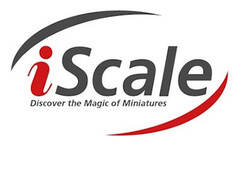


e-tron gt



q8 e-tron







q6 e-tron



a6 e-tron



set of a6 e tron sportsback & avant Audi A6 E Tron Avant & Sportsback




enders'game






r18

The Audi R18 is a Le Mans Prototype (LMP) racing car constructed by the German car manufacturer Audi AG. It is the successor to the Audi R15 TDI. Like its predecessor, the R18 uses a TDI turbocharged diesel engine but with a reduced capacity of 3.7 litres and in a V6 configuration. For the first time since the 1999 R8C, Audi's Le Mans prototype uses a closed cockpit design. The R18 is also the first racing car from Audi to feature hybrid power.




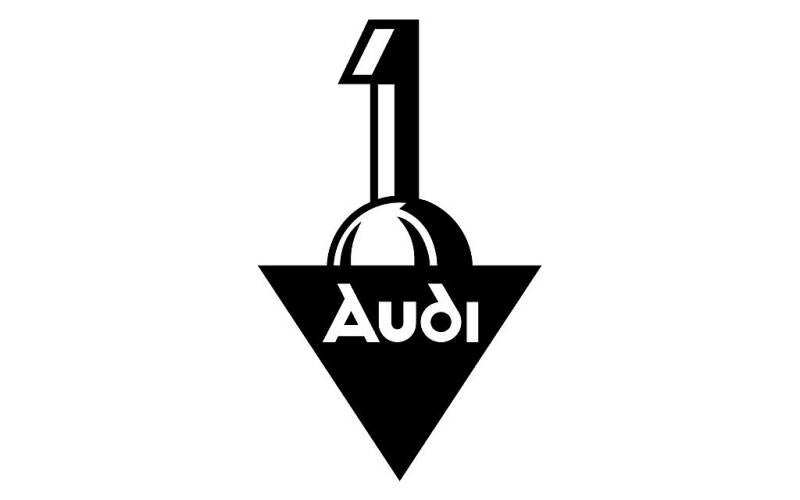



1909
1909
1909-1932
1932-1949
1949-1969
1969






1969-1995
1969-1995
1978-1995
1995-2009
2009-2016
2016-now

























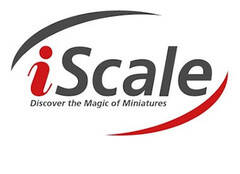


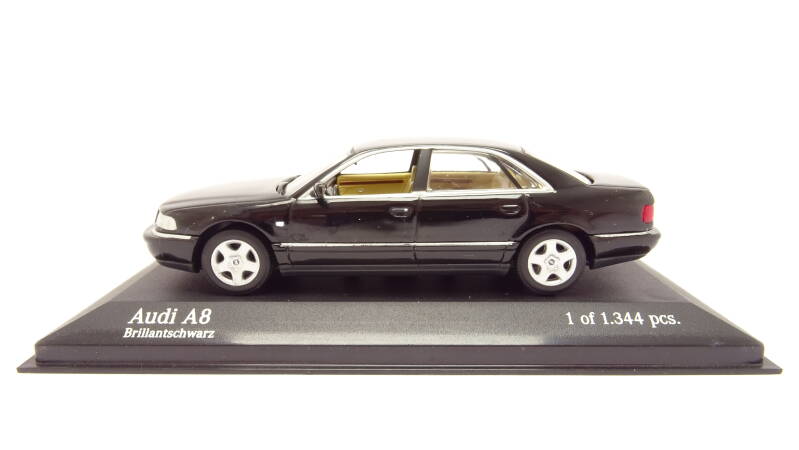

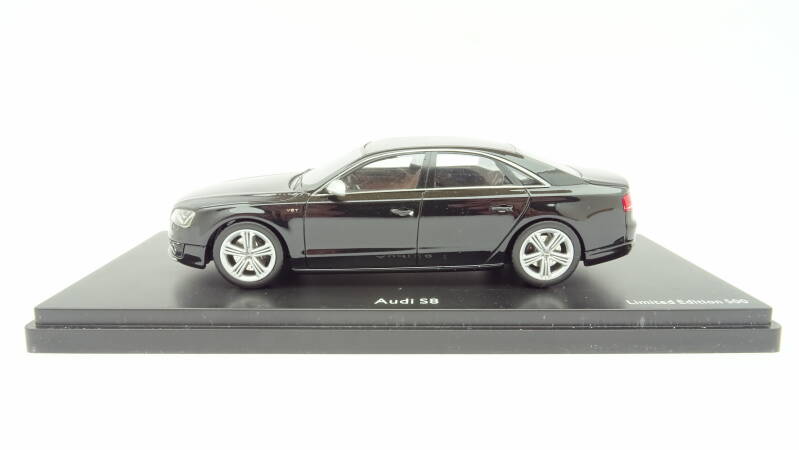











Create Your Own Website With JouwWeb